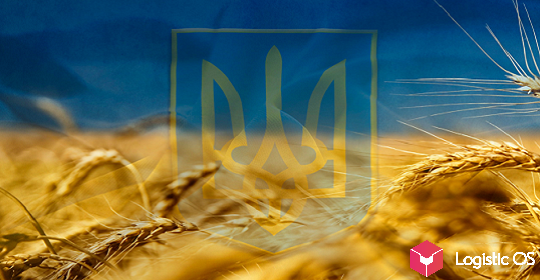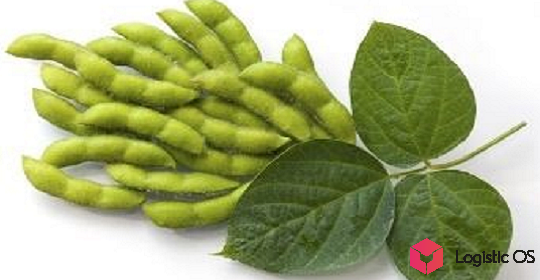According to studies, Russian farmers are still using only 30% of the technologies that are already in service in the EU. And it is unlikely that something will change quickly.
In crop production, this trend is especially noticeable.
In Russia, as a rule, if something is applied, then it is mainly about “point” solutions. In some places, for example, drones are used.
But a full-fledged system of «precision farming», which would include the entire range of technologies, is almost impossible to find.
This is largely due to lack of funding.
Indeed, in Europe, tomographs are already actively used to check seeds, while in Russia not even every hospital can boast of having such equipment.
What prevents the digitalization of the Russian agro-industrial complex?
Recently, there has been such a problem as sanctions, due to which the flow of European technologies going to the Russian Federation has slowed down.
True, at present Russia is actively training its own IT specialists, so some people do not even exclude that soon Europe will borrow certain solutions from the Russian Federation.
However, at the moment, difficulties in this regard remain.
Perhaps the mentality is also a certain problem.
In Europe, a “large” farm is considered to have an area of 2,000 hectares, while Russian holdings can have a million hectares.
With this in mind, increasing the yield per square meter is not such a priority goal for Russian companies.
In addition, companies do not have the same opportunities.
The notorious holdings, having billions in revenue, can afford both satellite monitoring of fields and big data analysis systems.
Well, for small farms, all this remains “expensive toys” that are completely unaffordable.
Finally, there is another difficulty — lending.
In a European country, it is relatively easy to get a loan for 15 years at 1-2% per annum. As a rule, no one provides Russian companies with «cheap money», which is why development is going much slower than we would like.
Finally, the technologies that are being developed at Russian institutes are good, but each such technology traditionally has a very long way “from the laboratory to the field”.
If the state finds a way to speed up this process, then with a high probability the Russian agricultural sector will be able to significantly increase the pace of its development, including in order to carry out full import substitution and be less dependent on Western technologies.

